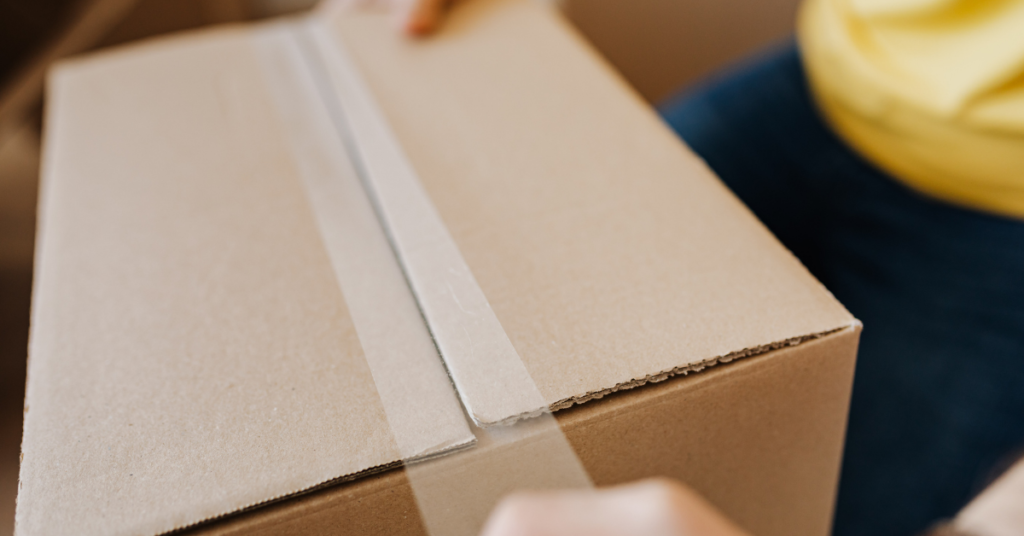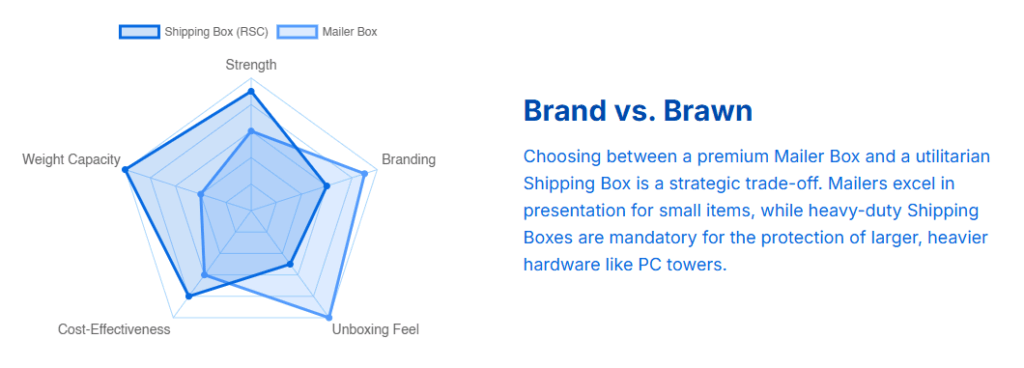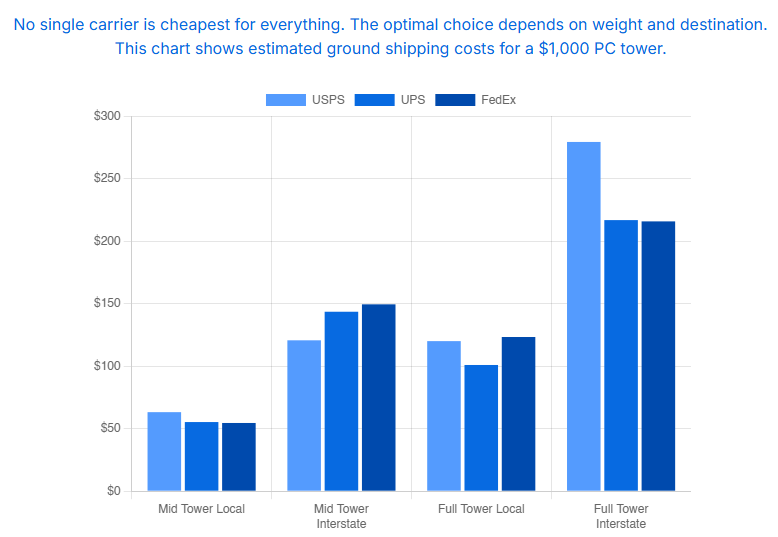
Shipping isn’t just an operational step. For a small business selling custom PCs and electronics, shipping is key to the company’s reputation. This guide explains how to create a strong shipping strategy. It will help reduce damage, control costs, and keep customers satisfied.
The Short Answer: How to Ship a Computer Safely
- Disassemble First: Always remove the Graphics Card (GPU) and large CPU coolers. This prevents them from breaking the motherboard in transit.
- Double-Box It: Place the PC in its own box, then place that box inside a larger shipping box with 3 inches of cushioning on all sides.
- Use Anti-Static Materials: Wrap all removed components in anti-static bags or bubble wrap to protect against invisible electrical damage.
- Get Third-Party Insurance: It’s cheaper and offers better coverage than the carrier’s “declared value.” This is the best way to protect your investment.
What Are the Core Principles of Shipping Electronics Safely?
Before you pack a single component, it’s crucial to understand the possible hazards your package will. Shipments are exposed to impact from drops, constant vibration that can loosen parts, and compression from being stacked. For sensitive electronics, there’s the invisible threat of electrostatic discharge (ESD) and fry circuits. A pre-shipment checklist is essential: back up all data, power down the device completely, disconnect peripherals, and take detailed photos of the item’s condition for insurance purposes. For fully built PCs, the item’s practice is to remove heavy components like the graphics card and large CPU coolers to prevent them from snapping the motherboard in transit.

What’s Inside the Box? Choosing the Right Armor for Your Component
The materials you use inside the box are your first line of defense. Foam is a top choice, with different types offering unique benefits: soft polyurethane is excellent for lightweight items. At the same time, dense polyethylene is better for heavier hardware. Bubble wrap is a versatile and cost-effective option for surface protection. Still, using the pink anti-static version for bare electronics is critical to preventing ESD. For filling space, crumpled paper or air pillows work well, but avoid packing peanuts for heavy items as they allow the product to shift and settle. The most important rule for bare components like motherboards, RAM, or GPUs is to place them in anti-static bags, preferably silver static-shielding bags to protect them from invisible but fatal electrical damage.

Mailer Box or Shipping Box: Which Box is Right for Your Products?
The outer container is your product’s armor. Depending on what you’re sending, you can choose between a mailer box and a traditional shipping box.
- Mailer Boxes are perfect for creating a premium unboxing experience for smaller, lightweight components like SSDs, RAM, or cables. They are stylish but offer less structural protection.
- Shipping Boxes are mandatory for heavy items like PC towers, power supplies, or monitors. They are made from stronger, thicker corrugated cardboard designed to withstand significant weight and handling stress. For the best protection, always use a new, strong box. Use the double-boxing method: Pack the item in a smaller box. Then, place that box inside a larger box. Make sure there is 2-3 inches of cushioning on all sides.
Who Do You Trust with Your Tech? A Guide to USPS, UPS, and FedEx
No single carrier is perfect for every shipment; a multi-carrier strategy is the most cost-effective approach.
- USPS is typically the most affordable option for small, lightweight packages and delivers to every U.S. address without residential surcharges. However, its size and weight limits (max 70 lbs) often prohibit shipping larger PC towers.
- UPS excels at handling large, heavy packages up to 150 lbs, making it a go-to for fully assembled systems. They are known for reliable service and great tracking. However, they can be more expensive because of extra fees.
- FedEx is an express and overnight shipping leader that is often preferred for business-to-business deliveries. It is generally the most expensive of the three for standard ground services. All carriers have specific rules for shipping items with lithium batteries, so be sure to check their guidelines.
Carrier Cost & Insurance Showdown

Is Shipping Insurance Worth It? Protecting Your High-Value Shipments
For a business selling expensive electronics, shipping insurance is non-negotiable. While carriers offer default coverage (typically up to $100), relying on it is often a mistake. A better strategy is to use third-party shipping insurance. Third-party providers are almost always cheaper, offer broader coverage that can include “porch piracy,” and feature a much simpler and faster claims process than dealing with the carriers directly. For added security on valuable deliveries, always opt for a service that requires a signature upon delivery.
Going Global? What You Need to Know About International Shipping
Shipping internationally adds layers of complexity. You must comply with U.S. export regulations, which control the export of specific technologies, including high-performance computers or items with strong encryption. You must fill out a customs declaration form for every shipment, such as a commercial invoice. This requires a highly detailed description of each item, “15.6-inch laptop computer” instead of just “electronics” to ensure that it is classified correctly and avoid delays or fines. You must also account for the “landed cost,” which includes import duties and taxes (like VAT o” GST) levied” by the destination country. Offering a “Delivered Duty Paid” (DDP) option, where you handle these fees up front, provides a much better customer experience than surprising your buyer with a bill upon delivery.
What Happens When a Package is Lost or Damaged?
Millions of packages go missing each year. Even with perfect packaging, accidents can happen. A successful insurance claim depends on meticulous documentation. This is why the pre-shipment photos are so important. If a customer reports damage, they must keep the damaged item and all original packaging materials for inspection by the carrier; throwing them away can void the claim. To file a claim, you will typically need the tracking number, proof of the item’s value (like the sales invoice), and detailed photos of the item and the packaging. Be aware that all carriers have strict deadlines for filing, so you must act quickly.
Pro-level shipping turns risk into reliability. With innovative packaging, the right materials, strategic carrier selection, and proactive insurance, you can protect your products and profit. Make your packaging an extension of your brand and logistics a competitive advantage.




